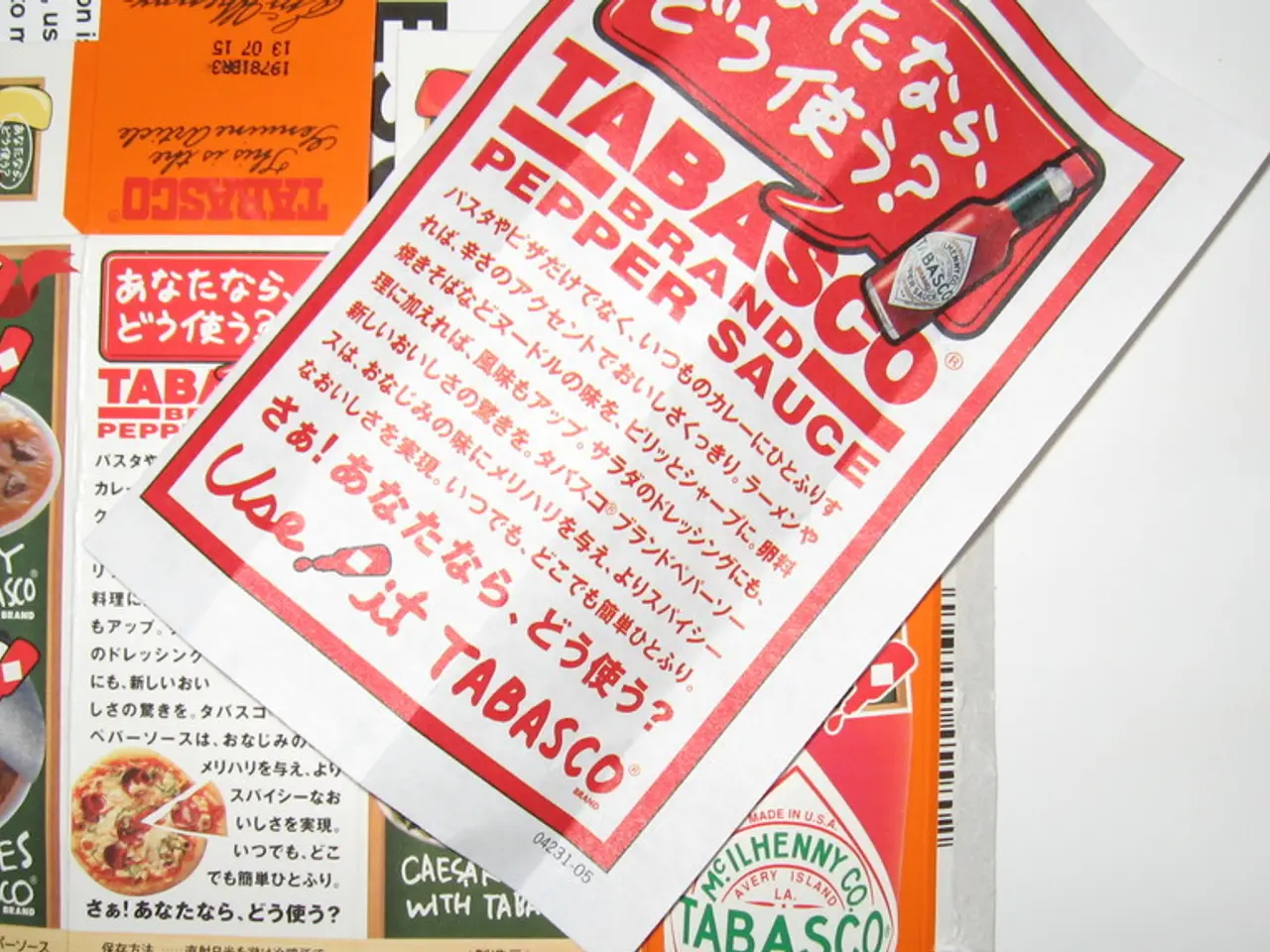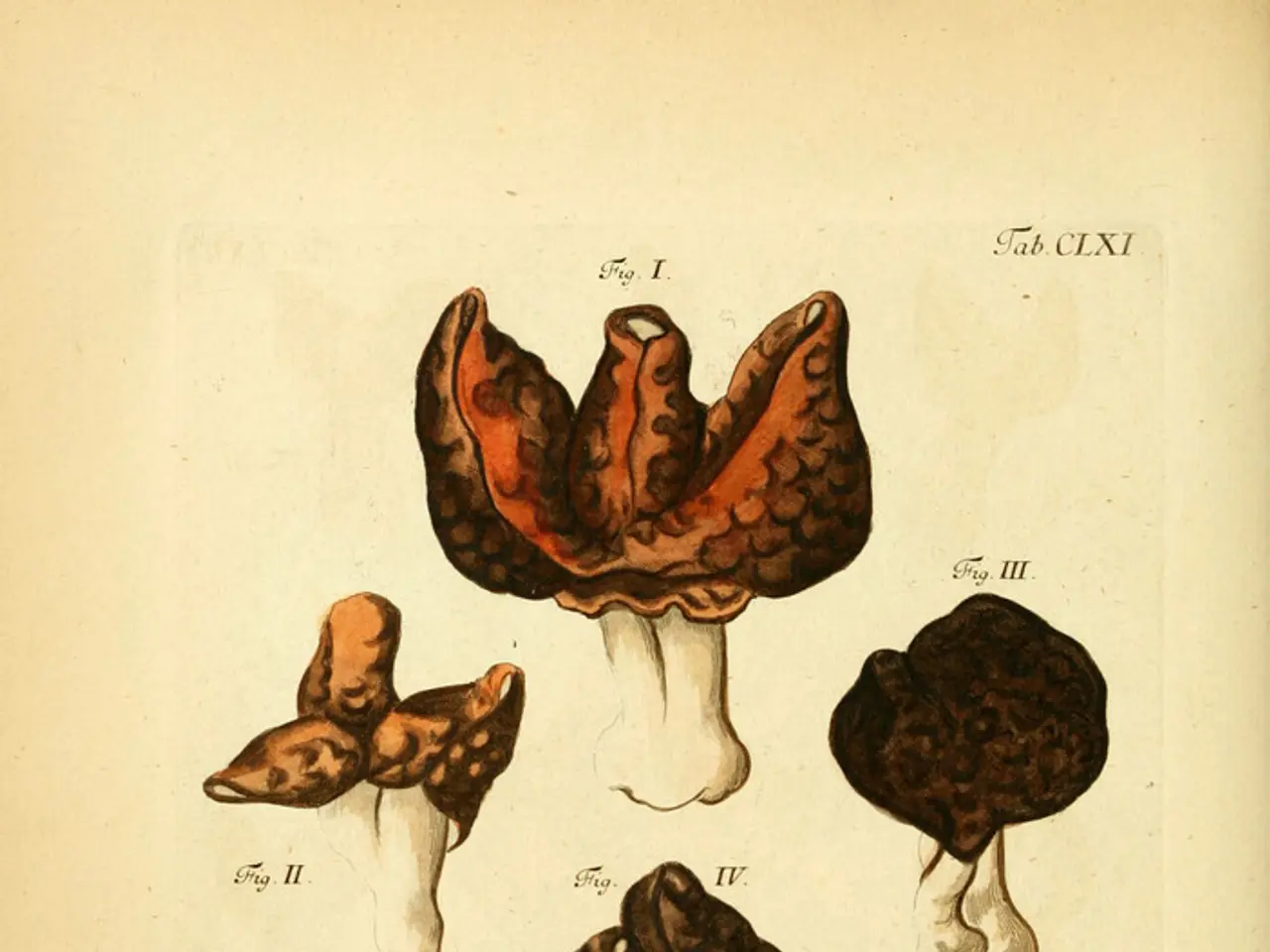Italy stirs over a british pasta recipe claim
In the heart of Italy, a storm has brewed over a seemingly simple pasta dish - Cacio e Pepe. The controversy arises from a recipe published by the UK-based website "Good Food", formerly run by the BBC.
The pasta dish, traditionally from Italy, is compared to white sausage in Bavaria, fries in Belgium, and crepes in France in terms of its significance to Rome. However, the recipe published by "Good Food" has sparked outrage among Italian chefs and food purists, who view the additions of butter and Parmesan cheese as a misrepresentation of the traditional Roman dish.
According to Italian chefs, the traditional ingredients for authentic Cacio e Pepe are strictly three: Tonnarelli pasta (a type of thick spaghetti; sometimes spaghetti is accepted), Pecorino Romano cheese (sharp, grated finely), and freshly ground black pepper. No butter, no Parmesan cheese, and especially no cream should be added. The sauce's creaminess must come solely from the emulsion of starchy pasta water and Pecorino cheese, a technique that is deceptively difficult to master despite the few ingredients.
The controversy escalated enough that a formal complaint was lodged to the British embassy by Italian culinary authorities, led by Claudio Pica, president of the Rome branch of Fiepet Confesercenti. Pica expressed his disapproval of the recipe in the Italian daily "Il Messaggero", stating that promoting Cacio e Pepe as a quick classic for lunch is misleading. He further emphasized that marketing something as "authentic" that isn't, is wrong.
In response to the backlash, the British site revised their recipe to align with tradition, emphasizing the three-ingredient formula and the specific preparation steps to achieve the authentic creamy sauce without added dairy fats like butter or cream.
Here's a comparison of the two recipes:
| Aspect | British Recipe (Controversial) | Traditional Italian Recipe | |-------------------------|-----------------------------------------------|-------------------------------------------------------| | Pasta | Spaghetti (sometimes bucatini) | Tonnarelli pasta (or thick spaghetti) | | Cheese | Parmesan or Pecorino Romano | Pecorino Romano only | | Pepper | Ground black pepper | Freshly ground black pepper | | Added Fat/Dairy | Butter and optionally cream | None; creaminess from pasta water and pecorino emulsion |
This controversy underscores the deep pride and strict adherence Italians maintain toward authentic regional dishes, especially iconic ones like Cacio e Pepe. The deviation from the original recipe has sparked a debate reminiscent of the heated debate around pineapple on pizza, highlighting the importance of preserving culinary traditions.
- The Italian culinary authorities, led by Claudio Pica, have requested community aid in preserving the authenticity of traditional dishes, citing the Cacio e Pepe pasta as a prime example of cultural-travel and food-and-drink significance.
- Despite the rampant restructuring of the steel industry, the meticulous process of the traditional Cacio e Pepe recipe has stood as a symbol of life's simple pleasures and the value of maintaining one's lifestyle, much like a perfectly cooked meal after a day's work.
- As travelers embark on cultural-travel journeys, learning the art of creating an authentic Cacio e Pepe recipe becomes not just a food-and-drink experience, but a testament to the importance of preserving regional traditions and the process behind a beloved dish.




